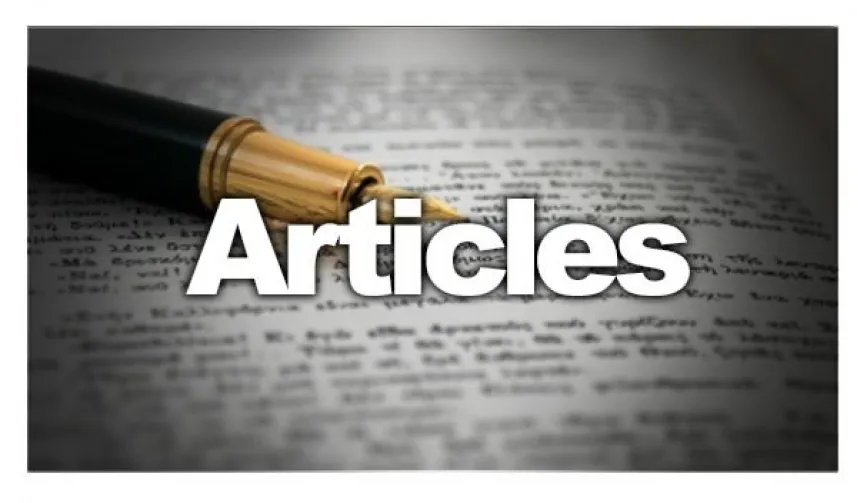

Citation Styles: A Guide for Self-Publishers
Why Is Citing Our Sources So Important?
Citing your sources is a well-respected form of professional courtesy, and also your duty as a publisher. You must give credit where credit is due. Therefore, when using another person’s words or ideas, citing that person’s work is essential. If your sources are not cited correctly you could potentially be accused of plagiarism. And plagiarism is a serious offense that can result in a career-ending loss-of-credibility from your peers. A loss of credibility would also dampen your current and future book sales.
MLA Vs. APA: Not Such A Difficult Decision After All
These are two professional organizations that have developed referencing and citation guidelines to be used within their respective audiences. There are other organizations that do this, but these two are the most well-known. For example, the MLA guidelines are typically used by professionals in the humanities. And the APA guidelines are typically used by professionals in the sciences. Whichever profession that you are in, you will already know which format to use. But for our discussion here, if you are writing non-fiction for a general audience, the default citation format for you to apply will be the formatting rules of the MLA. Below I give you the definitions of the most common terms used for citation. But don’t forget, there are subtle differences between them as far as the MLA or APA guidelines are concerned.
Works Cited and Works Consulted (MLA) Vs. References and Bibliography (APA)
Here are the MLA and APA differences in its simplest terms. Works Cited (MLA), and References (APA) is a bibliographic list of all the works that were cited in your book. This means that every sentence or idea that you quote or use in your book must be put in this section. Works Consulted (MLA), and Bibliography (APA) is a bibliographic list of all the works that you used, but did not cite in your text. This means that every book, article, and website that you read to prepare yourself to write your book, should be cited in this section.
Additional Reading / Additional Sources
This is simply a section that would list sources that you believe that your readers might find interesting. Possibly a list of other publications or websites that your readers might want to look into for further research.
Annotated Works Cited / Annotated Bibliography
Annotated means that it is not only a list of sources, as in a typical works sited or bibliography, but also a summary, evaluation, and discussion of each source’s content and purpose for being used in your book. This is a very popular format with readers.
Selected Bibliography / Full Bibliography
Some books distinguish between ‘selected’ bibliographies and ‘full’ bibliographies. Selected bibliographies only list a few of the most important works cited. Full bibliographies list every work cited, including all other relevant sources, whether cited or not.
Footnotes / Endnotes
You can provide footnotes and endnotes as additional information to enhance your argument. Or, to briefly present an alternative idea that you found in one of your sources. You can also list additional articles or books on topics that your reader might find of interest. Such notes demonstrate the depth of your research, and permits you to include relevant, but not always essential, information and concepts without interrupting the flow of your own text. If you use footnotes within your book, they would typically also get listed at the end of your book in an ‘Endnotes’ section.
Internal / In-Text / Parenthetical Citation
An internal, in-text, or parenthetical citation refers to the practice of giving credit to another author, by citing their words and ideas within your book. This internal citation is then referenced at the end of your book in your works cited list, or bibliography. Internal citations are sometimes called parenthetical citations because they are enclosed by parentheses. (Kunz, p. 3)
Conclusion
There you have it. A quick run down of the different types and ways to cite the sources that you referred to in your book. Don’t forget, the general rule is that if you are not sure something you refer to should be cited or not – then cite it. This thoroughness will only help your credibility with your peers and your readers. Citation proves that you have done your research, and that you were very careful and thoughtful about it. Citations will also help your readers be able to do more research on their own if they have questions. Doing this make you an important resource for your readers. Citing your sources is a win-win situation for you and your readers. All of this will add up to more book sales.
